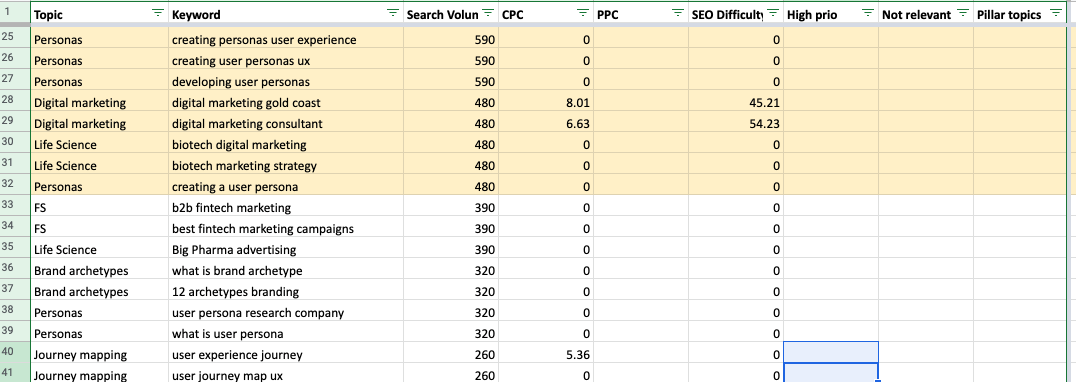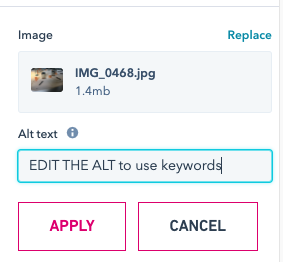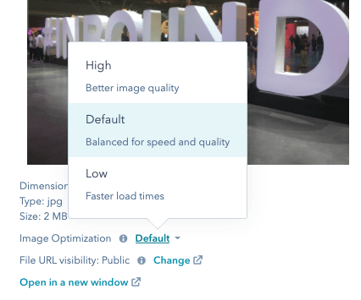Behind every successful website is a thoroughly planned SEO strategy. Think of it as the central nervous system of your websites body. Without it, nothing happens. Come to think of it, without it, you’re kind of screwed!
It’s all well and good creating content and pushing it using inbound marketing, but if you’re not showing up on Google, you’re missing a trick. And yet many marketers don’t truly understand (or appreciate) how SEO works and try to get around it. This quick blog aims to help you develop a basic understanding to creating a winning SEO strategy, whether you want to do it in-house or with a content creation agency.
Who’s looking at your content and who should be looking
Personas should be at the forefront of every project. After all, there’s no use creating anything if you don’t know who it is for, and your website is no different.
If you’ve not created a persona before, consider it like this: who is your ideal customer? It can be based on an existing customer that you have the best relationship with (in terms of how well you work together as much as projects and value). You can find out more about creating them here.
Once you’ve agreed on your personas, think about what search terms you want your business to be found with.
Start by creating a list of twenty words you would use in a search engine to find your business (don’t worry if you don’t currently show on the first page of Google for these!).
Next step: what are your personas searching for to find your business? Repeat the process but this time thinking of twenty words you think they’d use. Ask colleagues from other departments as chances are they will have different ideas.
Finally, pull them together side by side. You may find two very different list. Ultimately this research should help you link the two, creating a unified approach. We used this very process when working with our client Flex Genius, merging their top level keywords with their brand messaging.
When we’re working with our clients, we refer to this as what do you want to be famous for? Or rather, how do you want to be found online.
What are you currently ranking for?
Once you’ve made your guesses, it’s time to look at the data. This step will reveal what you are actually found for. SEO tools will help you do this, in particular you’ll want to analyse:
- Search volumes for each keyword
- Who is currently ranking for those keywords
- How difficult it is to rank on page one for your desired keywords
While this can seem rather dry and uninspiring, the results may surprise you. You could find some really interesting keywords you’d not previously considered using. Or even that your personas are using completely different searches to find you.
Once you’ve had a chance to review, analyse and digest this data, it’s time to make note of what you’ve learnt. Is it the direction you want to take your website or is it time to start afresh. A full service marketing agency, like us, can be a great help to steer you in the best direction.

What’s next?
Your improvements can be split into two areas: content and technical SEO.
Content SEO
This is all about making sure all your web content is optimised for search. So this isn’t just blogs but literally every single page of your website.
Technical SEO
The clue is in the title here, as this area is the technical set up of your website. It covers page speed, mobile responsiveness, the way your website has been built, and much more. But all will affect your technical score for SEO.
The basics of your strategy
You’ll need to:
#1 Define your focus keywords for every single page on your website. Once you’ve done this, optimise the content on that page to include those keywords.
#2 Make sure all your pages have a word count of at least 500 words.
#3 Improve meta data for your pages and make sure all images have alt tags. (Also optimise the file names and file sizes —keep it below 1mb and use keywords in file names).


Next:
#1 If your keyword research shows users are looking for answers to questions, use this in your content plan. Write articles, create infographics and videos. Generally creating a good mix of content that helps answer the common questions.
#2 Similarly, if there are other keywords you want your site to rank for but they don’t fit into your core pages, content like this is an excellent way to start attracting users to your site.
Keep in mind that YouTube is the 2nd most used search engine in the world after Google. So video content which is optimised on YouTube can be a lucrative part of your SEO strategy!
Summary
In essence, good SEO work is continuous. You have to nurture your website, which means regular (read: monthly) reporting, health checks and of course, feeding it new content.

If you’re not sure where you stand with your SEO strategy, or perhaps it’s not your niche, drop us a line, we’d be more than happy to help.


